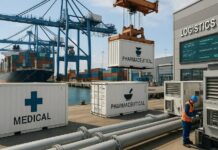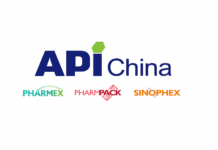The World Health Organization (WHO) has released its revised consolidated recommendations for treating drug-resistant tuberculosis (DR-TB), which include significant advancements in the treatment options available to individuals with MDR or RR-TB: multidrug-resistant or rifampicin-resistant tuberculosis) and a regimen that provides better patient outcomes.
For patients with MDR/RR-TB or MDR/RR-TB with added fluoroquinolone resistance, a unique all-oral six-month regimen composed of bedaquiline, pretomanid, linezolid, and moxifloxacin (BPaLM) is recommended in the 2022 updates (pre-XDR-TB). For those with MDR/RR-TB, the new regimen dramatically improves quality of life by providing better results and significantly cutting down on treatment time.
Who can use the 2022 update from the World Health Organization?
The publication contains all current recommendations for treating DR-TB, and it is reinforced with an operational manual created to make it easier for Member States, technical partners, and those in charge of managing patients with DR-TB to put the WHO recommendations into practice. The new suggestions offer helpful advice on how to implement the suggested therapeutic choices at a national and international level to facilitate a good impact.
The material is intended for national TB programmes or their equivalent in Ministries of Health, policymakers, and technical organisations engaged in TB and infectious disease research in the public and private sectors as well as in the community.
The new BPaLM/BPaL treatment combination will be less expensive and more widely available as a result of new projects by the public and private sectors to lower the price of protomanid and possibly other component drugs.
Implementing the new tuberculosis drug-resistant treatment protocol
The WHO has stated that it intends to establish a regular online discussion platform with the participation of high MDR/RR-TB burden nations, civil society, technical partners, and the donor community to assist the introduction of the new DR-TB treatment regimen.
They now have a better and quicker all-oral therapy alternative for drug-resistant tuberculosis thanks to the newly accessible data. As Director of WHO’s Global TB Programme, Dr. Tereza Kasaeva, noted that it is a historic move that will be of immense help to people suffering with drug-resistant TB, relieving the strain on health systems, and saving lives. They now urge partners and national TB programmes to take immediate action to switch over to the new drug-resistant TB treatment protocol.


















